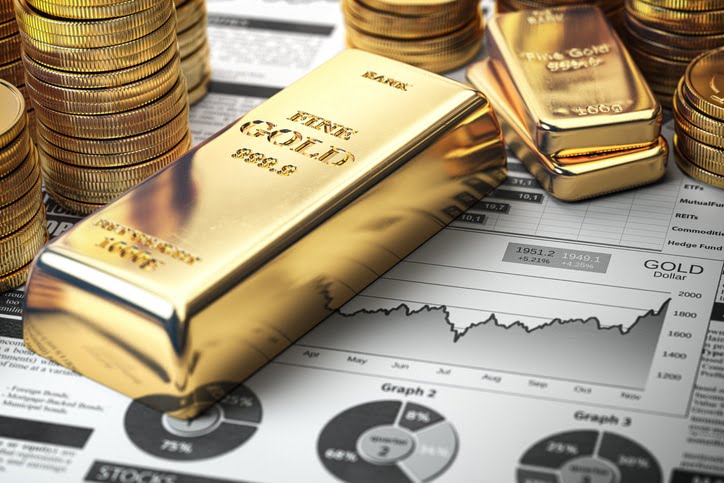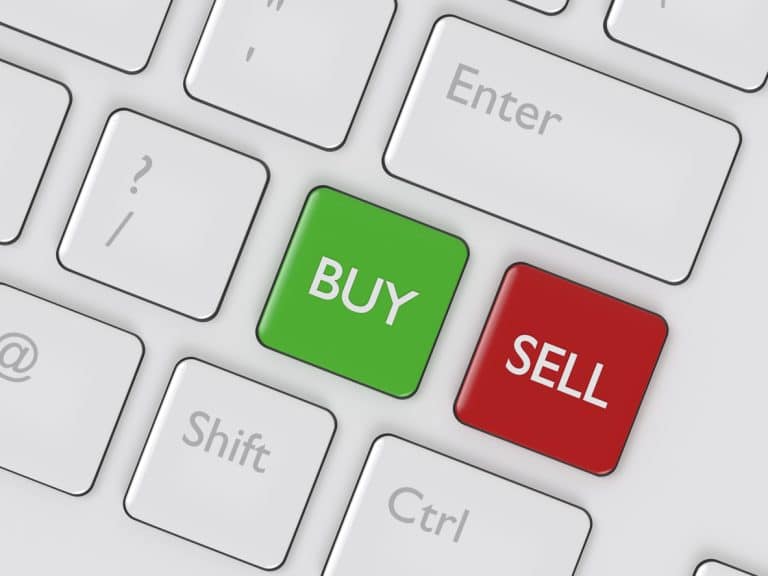The solar energy industry has taken the world by storm in recent years, and the growing popularity of solar ETFs presents an exciting opportunity for investors. As the name suggests, solar ETFs are exchange-traded funds that invest in companies involved in the solar energy sector. These ETFs offer investors the potential to access a wide range of solar-related investments, providing them with a diversified portfolio of solar-based investments. This article will explore the potential of solar ETFs and discuss the pros and cons of investing in them. It will also provide insight into the current trends in the solar energy industry, and how these trends may affect the performance of solar ETFs.
Exploring the Benefits of Investing in Solar ETFs: Is It a Smart Move?
Investing in solar energy ETFs has become increasingly popular in recent years, as more investors recognize the potential of solar energy to provide reliable returns and diversify their portfolio. With the continuing rise of renewable energy technology, solar energy ETFs offer investors a unique opportunity to capitalize on the growth of this sector. But is it a smart move for investors to invest in solar ETFs? In this article, we will explore the potential benefits and drawbacks of investing in solar ETFs, and help investors make an informed decision.
The potential benefits of investing in solar ETFs are clear. Solar energy ETFs provide investors with exposure to the solar energy industry, giving them the opportunity to benefit from the growth of the sector. Solar ETFs also have the potential to offer investors a higher yield than traditional investments, as solar energy has historically been less volatile than other energy sources. Additionally, many solar ETFs are designed to reflect the performance of the solar energy sector as a whole, providing investors with diversification and reducing the risk of losses due to sector-specific events.
On the other hand, there are also some potential risks associated with investing in solar ETFs. Solar ETFs are subject to market risk and may be affected by macroeconomic events, as well as political and regulatory changes. Finally, some ETFs may be subject to higher fees than other investments, so investors should carefully consider the fees associated with their chosen ETF before investing.
Analyzing the Impact of Solar ETFs on the Energy Market
The energy market has seen a significant evolution in recent years due to the increasing popularity of solar energy. Solar exchange-traded funds (ETFs) have emerged as a viable investment option for investors interested in the energy market, offering exposure to a wide range of solar stocks. This article aims to analyze the impact of solar ETFs on the energy market, exploring the potential benefits and drawbacks of this investment vehicle.
The rise of solar ETFs has had a positive effect on the energy market, providing an additional source of investment capital for solar companies. This influx of capital has allowed these companies to expand their operations and develop new technologies, increasing their competitive advantage and helping them to compete in the global energy market. Additionally, solar ETFs have helped to reduce the cost of solar energy, making it more accessible and affordable for consumers.
However, it is important to note that the success of solar ETFs is largely dependent on the performance of the underlying solar stocks. If these stocks underperform, investors could see significant losses in their investments. Additionally, the environmental impact of solar ETFs is a concern, as some of the companies included in these funds may be engaged in activities detrimental to the environment.
Understanding the Risks and Rewards of Investing in Solar ETFs
The most obvious benefit of investing in Solar ETFs is the potential for a high return. Solar energy is becoming increasingly popular and is expected to grow significantly in the coming years. As demand for solar energy increases, the value of solar ETFs is likely to increase as well, leading to potential returns for investors. Additionally, solar ETFs are generally considered to be a low-risk investment, meaning that even if the market takes a downturn, the value of solar ETFs is likely to remain relatively stable.
However, there are also several risks associated with investing in Solar ETFs. The most significant of these is the fact that the performance of Solar ETFs is highly dependent on government policy. In the event that government incentives for solar energy are reduced or eliminated, the value of Solar ETFs could suffer. Additionally, the solar energy industry is still relatively new and there is still a great deal of uncertainty surrounding it.
In conclusion, investing in Solar ETFs can be a rewarding experience, but it also comes with certain risks that should be taken into consideration. It is important to do research and understand the potential risks and rewards before making an investment. With a thorough understanding of the risks and rewards involved, investors can make an informed decision and reap the potential rewards of investing in Solar ETFs.
Conclusion
In conclusion, solar ETFs are an increasingly popular option for investors wanting to gain exposure to the solar industry. With potential tax benefits and an increase in solar energy usage, solar ETFs are likely to be a long-term investment opportunity. Investors should do their own research before investing in solar ETFs, as they carry the same risks as any other investment. With the right strategy and due diligence, solar ETFs can be a rewarding way to gain exposure to the solar industry.
Below we will list a few Solar ETFs and their year-to-date percentage:
- Invesco Solar ETF (TAN) -2.74%
- iShares MSCI Kuwait ETF (KWT) +3.51%
- Global X Solar ETF (RAYS) -17.13%
- ProShares S&P Kensho Cleantech ETF -20.85%





